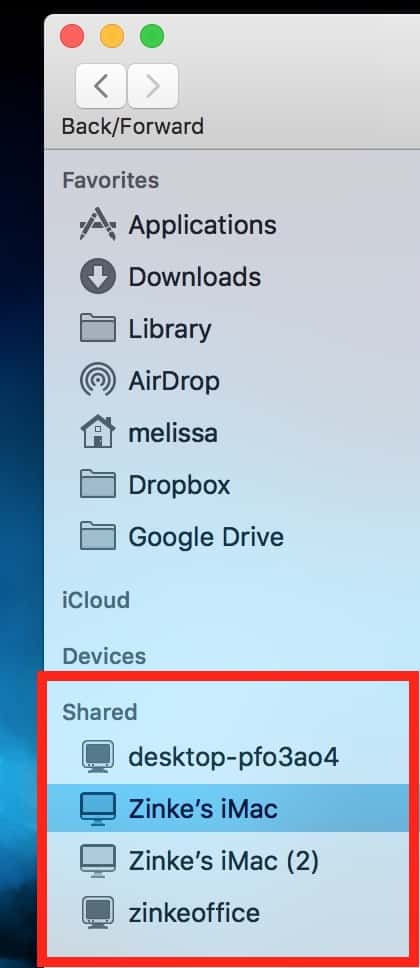


When Back to My Mac is set up, you have several options for connecting to your remote Mac-opening programs and files directly on it, copying files to and from it, and controlling it remotely from the command line. It’s a good idea to test such a connection from a local coffee shop before needing to use Back to My Mac for mission critical work.
Wake for network access mac update#
In addition, check or reset your router’s firewall (toggle it off, and test the connection), and also update your router’s firmware to its latest version. If you can set up Back to My Mac but cannot seem to connect from a remote location, you might need to check your router’s settings to ensure UPnP, or NAT-PMP services are enabled. To help ensure that this happens, launch System Preferences, choose the Energy Saver preference, and enable the Wake for Network Access option.Īnother issue you might run into is if your network has a firewall configured that prevents Back to My Mac access. Also, it should be configured to wake on demand so that when it’s asleep, it can act on a Back to My Mac request. Keep in mind that Back to My Mac requires that the remote Mac be connected to the Internet. You’ll find the option for enabling Back to My Mac within the iCloud system preference.Īt this point, any Mac you have similarly configured with iCloud should be able to access the one you set up with Back to My Mac.


 0 kommentar(er)
0 kommentar(er)
